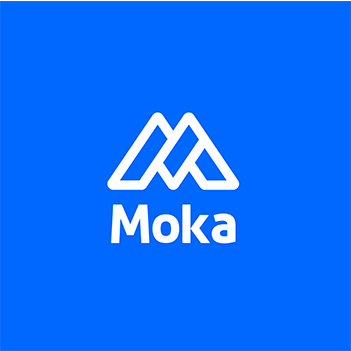How to Create ATS-Optimized Job Descriptions for Effective Hiring
What is a Job Description (JD)?
A Job Description (JD) is a formal document that outlines the key responsibilities, qualifications, and expectations for a specific role within an organization. It serves as a critical tool for both employers and potential candidates, providing a clear understanding of the job's purpose, duties, and required skills. In modern HR practices, particularly with the adoption of Applicant Tracking Systems (ATS), JDs play a pivotal role in streamlining recruitment processes.
Key Components of a Job Description:
Job Title: Clearly defined role within the organization, optimized for ATS to attract relevant talent.
Job Summary: A concise overview that ATS can easily parse and categorize, highlighting the job’s primary purpose and scope.
Key Responsibilities: Detailed list of tasks, duties, and responsibilities, structured with action verbs and keywords to align with ATS algorithms.
Qualifications: Educational background, work experience, and specific skills required. Including ATS-friendly keywords can enhance candidate matching.
Reporting Structure: Indication of the position’s supervisor and any direct reports, ensuring clarity in organizational hierarchy.
Working Conditions: Information on work hours, physical requirements, and work environment, formatted for ATS compliance.
Performance Expectations: Criteria for evaluating job performance, using clear metrics that can be tracked and analyzed within ATS.
Why is a Job Description Important?
Recruitment and Selection: Helps in attracting the right candidates by clearly defining the role and aligning JD content with ATS keywords and search queries.
Performance Management: Provides a baseline for evaluating employee performance based on clearly defined responsibilities.
Legal Compliance: Protects the organization by setting clear expectations, reducing potential disputes.
Training and Development: Identifies skill gaps and training needs, facilitating targeted training programs.
Enhanced ATS Integration: Structured, keyword-rich JDs can improve candidate matching accuracy in ATS systems.
Best Practices for Writing Effective Job Descriptions:
Use clear and concise language, incorporating relevant keywords for ATS compatibility.
Focus on essential duties and avoid jargon to ensure ATS parsing accuracy.
Include measurable performance expectations with quantifiable metrics.
Ensure consistency with company structure and culture, aligning terminology across multiple JDs.
Regularly update the JD to reflect evolving responsibilities, leveraging ATS data insights to refine job requirements.
Common Challenges in Job Descriptions:
Overly lengthy or vague descriptions that reduce ATS matching accuracy.
Misalignment between JD content and actual job requirements, causing mismatches in ATS searches.
Inadequate focus on essential skills and qualifications, impacting ATS candidate ranking.
How ATS Enhances Job Descriptions:
AI-Powered JD Analysis: Identifies skill gaps and suggests improvements, ensuring JDs align with ATS keyword databases.
Template Libraries: Provides structured JD templates that are ATS-optimized, ensuring consistency.
Data-Driven Insights: Analyzes past JDs and candidate performance to refine content and improve ATS matching.
Keyword Optimization: Highlights industry-specific keywords, improving search visibility and candidate ranking.
Integrating Job Descriptions with ATS:
JD Parsing: Ensures JDs are formatted for easy parsing by ATS, reducing data entry errors.
Keyword Mapping: Aligns JD content with ATS search algorithms to improve candidate sourcing.
Performance Analytics: Tracks JD effectiveness in attracting top talent, allowing HR teams to adjust requirements based on ATS data.

Conclusion
A well-written Job Description (JD) is more than a hiring document — it’s a strategic tool that supports talent acquisition, onboarding, performance management, and employer branding. Investing time in crafting clear, attractive, and optimized JDs can significantly improve hiring outcomes and employee engagement.
Frequently Asked Questions (FAQs)
Q: Is a job description legally binding?
A: Not typically, but it can be used in legal proceedings to clarify role expectations or employment terms.
Q: Should JDs include salaries?
A: Including a salary range increases transparency and can boost applicant quality, especially on job boards.
Q: How often should JDs be updated?
A: Ideally every 6–12 months, or whenever the role evolves significantly.
From recruiting candidates to onboarding new team members, MokaHR gives your company everything you need to be great at hiring.
Subscribe for more information

